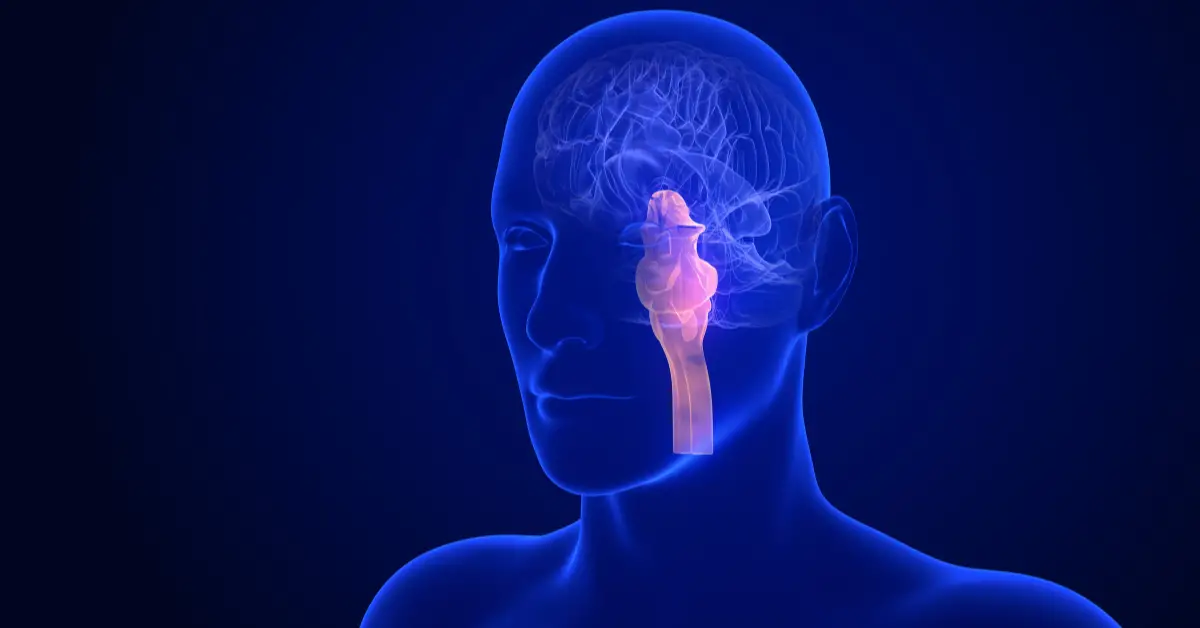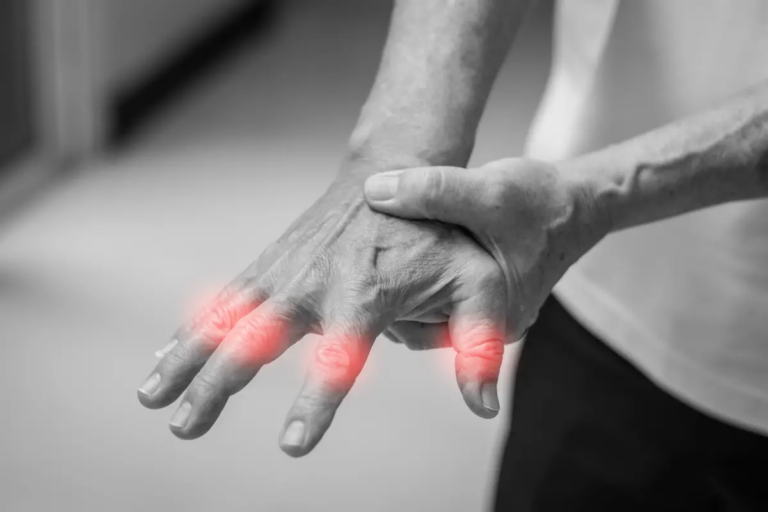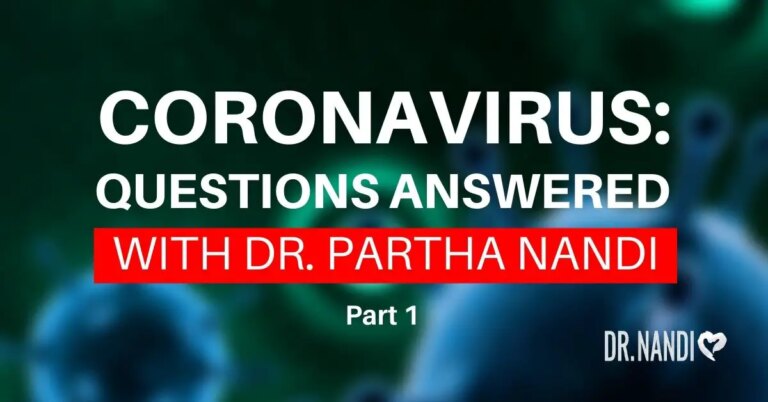What happens in the brain during a spiritual experience? New research from Brigham and Women’s Hospital shows that humans do indeed have a spiritual region in the brain. The study showed that spirituality resides in the periaqueductal grey (known as PAG). This centralized location is also where the brain conditions fear, altruistic behaviors, and unconditional love. (1)
Learning that humans have a spiritual region in the brain helps us understand the importance of spiritual experiences. Many researchers have investigated what happens to us physiologically and psychologically when we feel a deep spiritual connection. To understand how the brain interprets such experiences, neuroscientists have to know which parts of the brain to focus on. (2)
Mapping Spirituality in the Brain
In this new scientific investigation, researchers used a process called lesion network mapping. This process determines what area of the brain controls specific human behavior and functions, based on the location of brain lesions. The technique is new, previously used to map what happens to the brain with Parkinson’s disease. But the science of studying lesions is a century old. By studying lesions, or damaged areas of the brain, neuroscientists can discover surprising links between certain areas of the brain and specific disorders. (3)
Using it to map the spiritual region of the brain is entering uncharted waters. Spirituality isn’t a disorder, but it’s also not a physical manifestation. Researchers used surveys to determine who among the participants considered themselves spiritual and who didn’t. Using the comparative mapping among the two groups, they discovered where spirituality lives. The findings are especially helpful in learning more about how spirituality can benefit our mental and physical health. (1)

Spirituality and the Human Experience
One of the more powerful discoveries from using the lesion network mapping process is that our connection to spiritual experiences is universal. Regardless of religion, race, or cultural background, the brain still reacts in similar ways to perceived spiritual experiences. Every human’s experience with spirituality is unique, but they all stem from the same periaqueductal grey region in the brain. It may look different outwardly, but inside the brain, it’s all the same. (4)
Many psychological studies have shown spirituality can help deter feelings of depression and anxiety. While most people associate a spiritual experience with religion, it can vary from person to person. One may feel connected to nature and view their time walking outdoors as a spiritually refreshing outing. Others may feel the connection in the soul as they root for their favorite sports team. But what they all have in common is what the experience does for the psyche. Spirituality can have a calming and revitalizing effect on our mental well-being. (2,4)

Spirituality and the Human Brain
There is still so much more to discover about the human brain and spirituality. For millennia, cultures and civilizations have seen the deep connection between the mind, body, and spirit. Even today, modern doctors understand that part of healing the body means healing the psyche. When we tap into our mind, we access that spiritual and creative potential. Spirituality plays a large role in helping us realize our potential, in a healthy and positive way. (1)
Looking to further enrich that mind-body-spirit connection? Listen to Dr. Nandi’s Calming the Chaos Audio Series for a guided meditation journey.

Sources
- https://scitechdaily.com/scientists-identify-specific-human-brain-circuit-for-spirituality/
- https://www.medicalnewstoday.com/articles/322092
- https://www.scientificamerican.com/article/neuroscience-discovers-power-of-lesion-network-mapping/
- https://www.psychologytoday.com/us/blog/feeling-it/201903/your-brain-spiritual-experiences




















